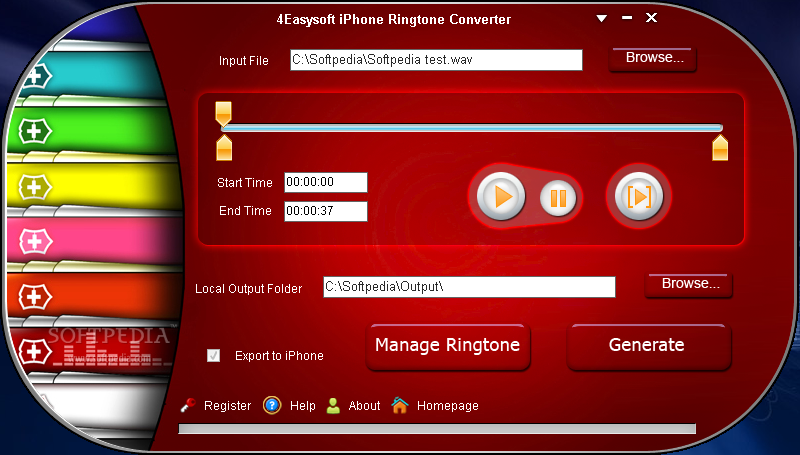

- #ENCRYPTSTICK CRACK 64 BIT#
- #ENCRYPTSTICK CRACK SOFTWARE#
- #ENCRYPTSTICK CRACK PASSWORD#
- #ENCRYPTSTICK CRACK SERIES#
- #ENCRYPTSTICK CRACK CRACK#
#ENCRYPTSTICK CRACK PASSWORD#
A chosen-plaintext attack can reveal the key of a simple XOR cipher in a single attack (assuming you can ascertain the maximum key length, which is probably something that the password entry dialog gives you). What's worse (and aside from your point), it's open to a chosen-plaintext attack: buy another JumpDrive, set the password, observe. This is clearly not an OTP we're dealing with here. In the case of an OTP (like you used), it's okay, but that's the only case. The grandparent was referring to XOR as the only cipher method. You could just as easily use mod-256 addition as XOR if you wanted the point of the cipher isn't the combination technique, but the stream generator. But then you don't refer to the cipher as XOR, you refer to it as a stream cipher. In the case of key-generated data, that's pretty much what a stream cipher does. As soon as you repeat your message using the same key, your cipher's busted. If you're using the key, it has to be an OTP. XOR is a perfectly legitimate method for combining the key, or key-generated data, with the plaintext. If you cannot protect the key properly, not even the most complicated cipher in the world can help you. But the weakness is not inherent in the XOR operation. Now, if I used the same key repeatedly to encrypt lots and lots of data, you could apply statistical techniques to attack it. More than one valid message can fit into 10 bytes, and you have no way of telling which one of those valid messages was the one I intended.
#ENCRYPTSTICK CRACK SERIES#
Even if you found a key that would decrypt this sequence to a meaningful series of bytes, you still don't know if that's the correct answer.
#ENCRYPTSTICK CRACK CRACK#
Unfortunately, you'll never be able to crack it, because you don't know what the key was. Since XOR encryption is so weak, this should be no sweat to crack, right? I've encrypted a short message of ten bytes, by XORing it with a random sequence of ten bytes. Type in the wrong key, and the files appear scrambled.Īlthough what these guys did is unpardonable. Properly, it shouldn't be a "password" at all, but a decryption-key you type before accessing the files. There is no reason a device like this needs to store the password at all. I mean, if you have the jumprdrive in your possession it's only a matter of time before you find a weakness to exploit, right? (Thus it demonstrates a core flaw of DRM, etc)

That famous saying only applies if the machine gets some ongoing use after the hacker has physical access. but getting his hands on it once won't help. If the hacker installs a keylogger, and I don't detect the intrusion when I return, then a second trip to physical access could break the security. He's mathmatically less likely to brute force that encryption than if he sniffed encypted email or SSL sessions. If my harddrive contains an encrypted filesystem, it does a "hacker" no good to steal my PC. "No machine is secure if the physical box is in the hands of the hacker/criminal." All the alarm bells have already gone off, and I never even stepped into it with a debugger to learn how they fold your password into a key, or what the IV was, or what the encryption algorithm itself was.

I figure if I can find all those holes in an hour of poking around with a hex tool, I know they didn't actually hire any cryptographers to produce the software. That means it's at least more than a plain old 8-byte XOR cypher using a folded password. So the IV for the encryption routine is fixed as well.Īt least XORing blocks of encrypted binary nulls with two different keys didn't quickly reveal any obvious common bits, nor did encrypting two successive blocks that differed only by a single bit of plaintext. AAAAAAAA encoded in one file produces exactly the same results as AAAAAAAA encoded in another. (Please note that these are just example values with nice visual properties, and not the exact values I saw!)Īlso, the encryption is the same from file to file. If I learn what your first block means, I know the third block means exactly the same data. When I changed that to AAAAAAAAbbbbbbbbAAAAAAAA I saw the following encoding: 12345678abcdefgh12345678.

It will encrypt to an 8-byte repeating block on the drive, like this: 123456781234567812345678 If you have a file containing AAAAAAAAAAAAAAAAAAAAAAAA Its biggest readily apparent weakness is that the encryption algorithm is running in ECB mode.
#ENCRYPTSTICK CRACK 64 BIT#
It appears to be using a 64 bit block cypher (perhaps DES) which pretty much rules out any of the more modern encryption algorithms.
#ENCRYPTSTICK CRACK SOFTWARE#
I spent a little while analyzing the "CruzerLock" software that came with my Cruzer Mini USB drive. Don't look to San Disk for any better security.


 0 kommentar(er)
0 kommentar(er)
